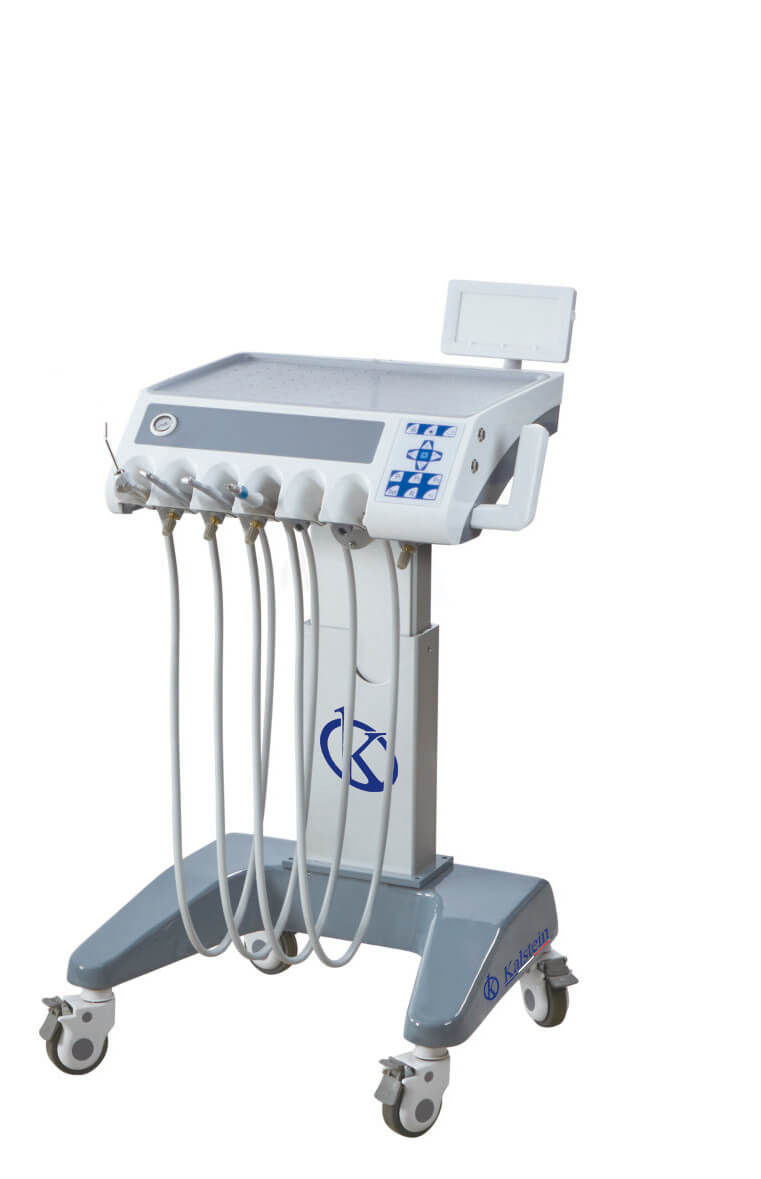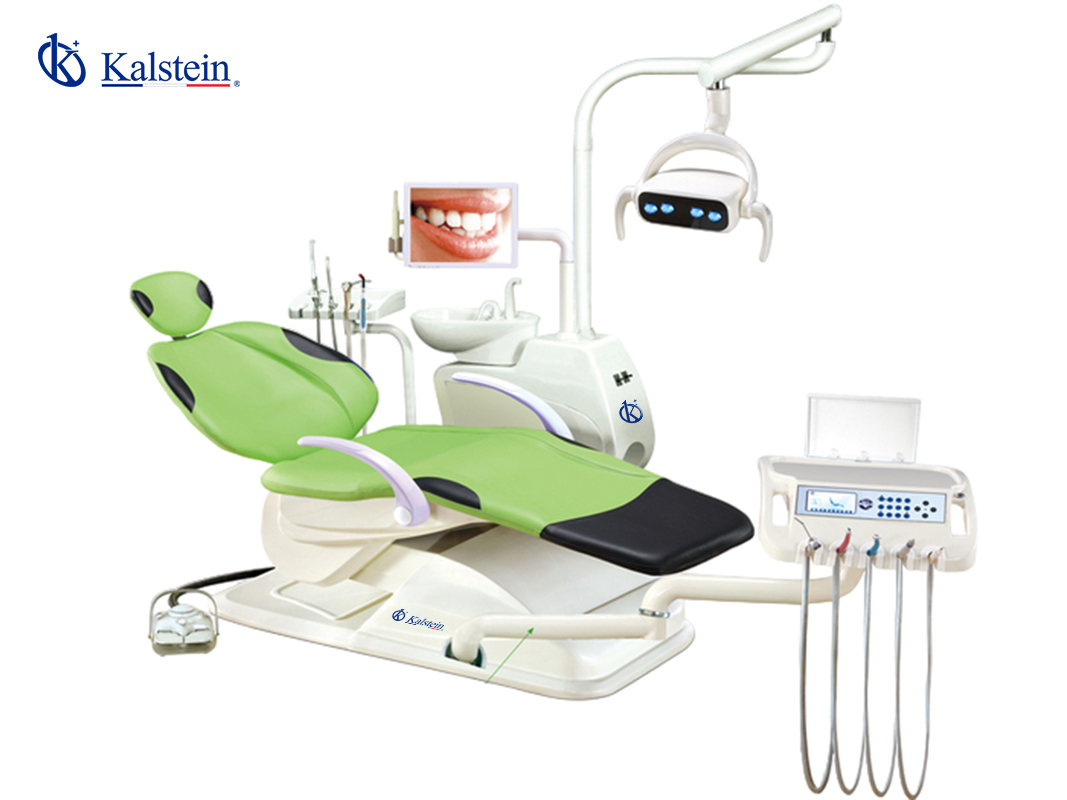Laboratory hematology analyzers are electronic systems designed to measure blood components. These systems offer different levels of blood diagnostic technique, helping medical staff make informed decisions. These analyzers allow health care practitioners to view and monitor blood counts in real time to help them identify abnormal changes.
Hematology analyzers enable health care practitioners to do blood tests faster, easier to use, and more accurately than manual tests. The main components of laboratory hematology analyzers are: a power source, a control unit, a sampling equipment, a collecting system and a data storage and processing system.
What are the control unit and the collecting system of hematology analyzers for?
The power source is necessary to power the equipment and allow its operation. The control unit is responsible for managing the interface between the different components of the system. The control unit is responsible for sequencing and monitoring the process. The control unit is also connected to a sampling team, which collects the blood sample at the workplace. The collected sample is transferred to the collecting system.
The collecting system consists of grids, disks, and converters, which help classify and store the blood sample in a specific way. Disks and converters help classify sample components separately. This allows doctors and clinicians to understand the results more easily. Once the separated components are collected in the system, they are transferred to the data storage and processing system.
The information processing unit
The data storage and processing system includes a set of computer tools that enable the team to record, report, and process blood test results. These tools consist of specific software that will transfer the results to a special device, which will keep them stored and ready for viewing. Computer tools also provide the ability to easily transfer results to other locations, to track results over time.
In light of the above, this comparison of data over time helps practitioners to better understand normal and pathological changes in the patient. To conclude, laboratory hematology analysers are versatile and accurate systems that help health professionals in the diagnosis of blood counts. These systems are composed of different components: a power source, a control unit, a sampling equipment, a collecting system and a data storage and processing system.
Working together and in coordination with these tools can help health care practitioners do blood tests faster, more accurately, and less laboriously than manual processes. This brings as an additional benefit the shorter analysis times, lower reagent consumption and low consumption of the analyzed fluids. With a comprehensive system, health professionals can ensure accurate diagnosis and ensure good health for patients.
Kalstein solutions in hematology analysers
Kalstein for diagnostic blood tests come equipped with components that work harmonically and accurately to produce results with the level of accuracy required in bioanalysis laboratories. The equipment offered for sale by this manufacturer is varied and all meet the requirements of the laboratories. Its features include intuitive software, the ability to connect the analyser to a computer and a sampling probe that is cleaned automatically between sampling. For a more detailed review of its features, images and other relevant data for purchase such as purchase options and prices, you can go to the company’s Internet portals mentioned below: HERE and HERE .




